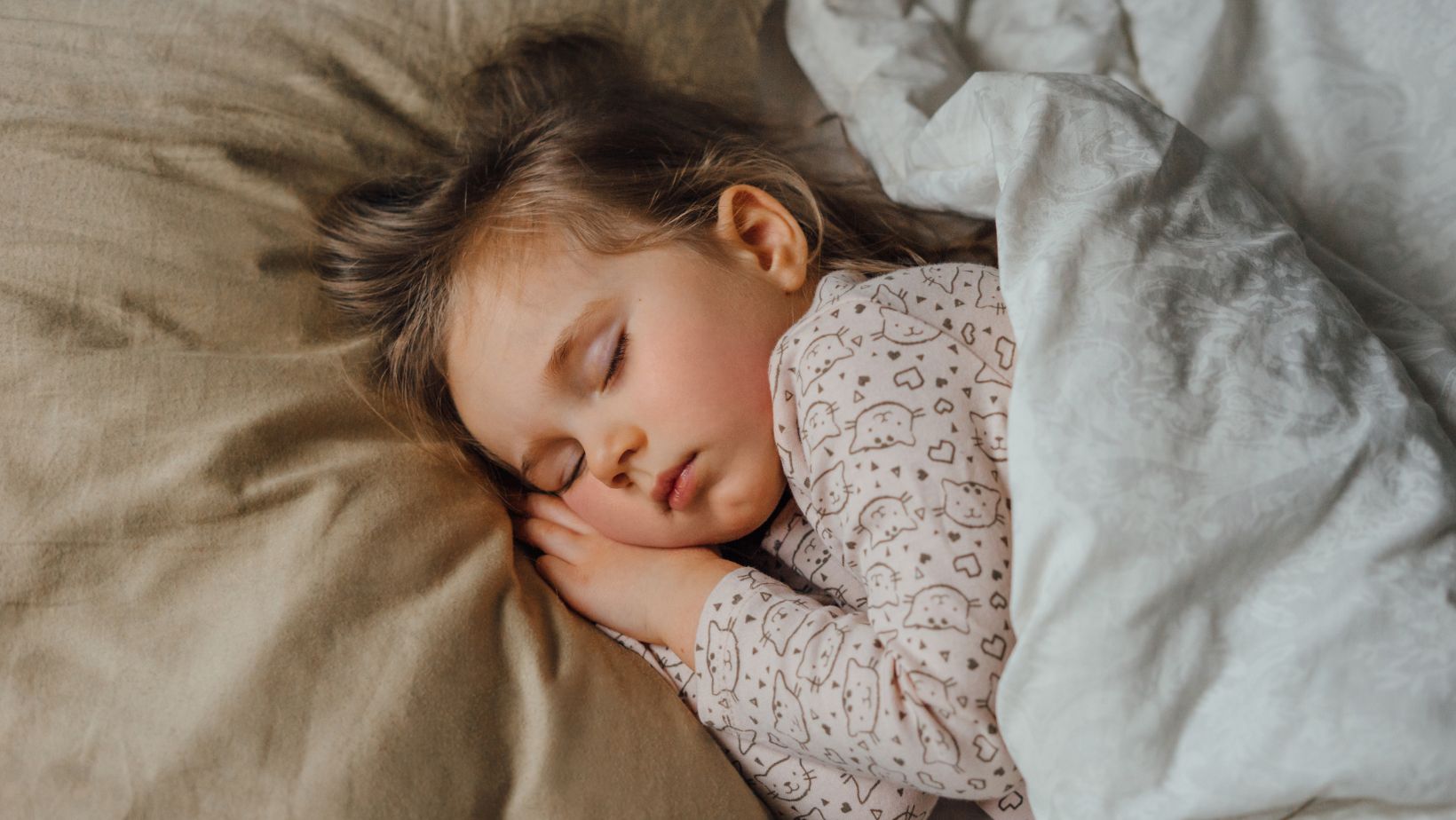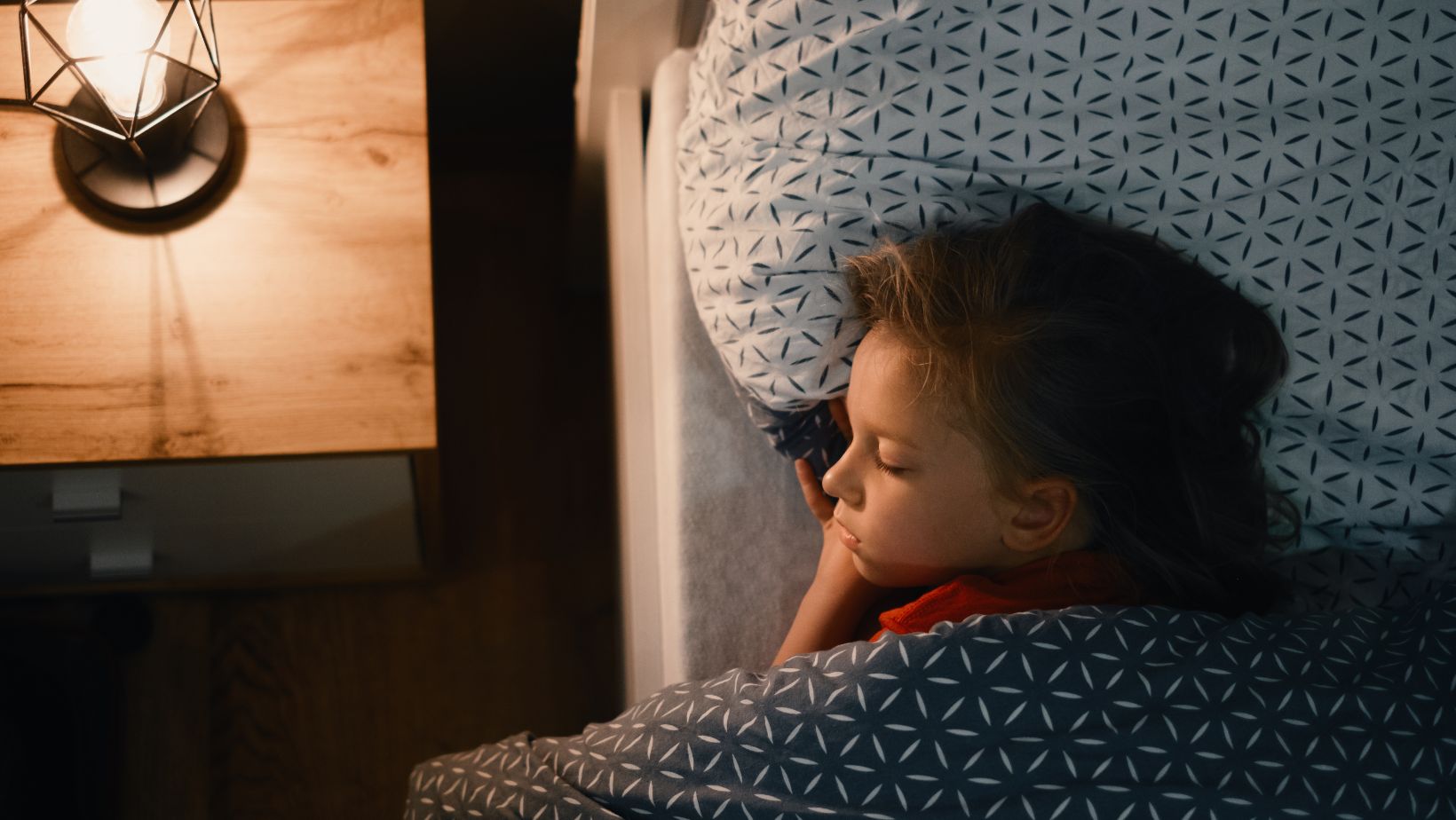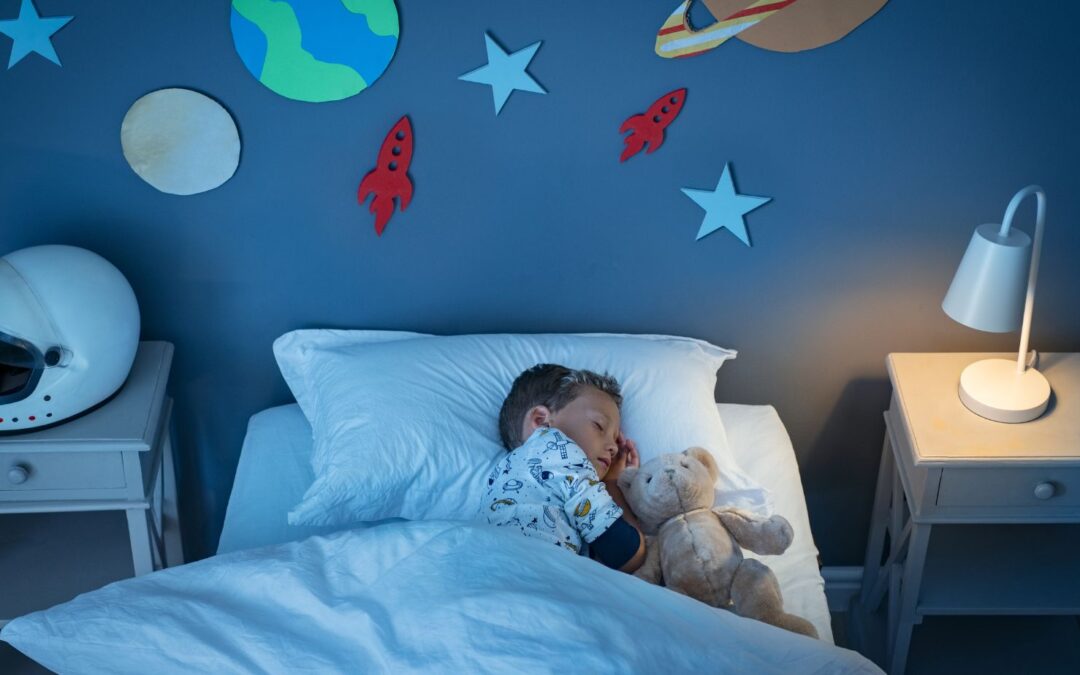If there’s one thing parents of kids with ADHD know, it’s that getting them to fall asleep can sometimes feel like a never-ending game of “Whack-A-Mole.” Just when you think they’re finally settling down, another burst of energy comes out of nowhere, and you’re back to square one.
The truth is, for children with ADHD, sleep doesn’t always come easily. But don’t lose hope just yet—there are practical steps you can take to transform your child’s bedtime routine and create an environment that encourages peaceful, restful sleep.
Understanding the ADHD and Sleep Connection
Before we get into the nitty-gritty of creating a perfect sleep environment, it’s important to understand why kids with ADHD often have trouble sleeping in the first place. ADHD (Attention Deficit Hyperactivity Disorder) affects more than just a child’s ability to focus during the day—it can also interfere with their ability to wind down at night. Here’s why:
- Hyperactivity and Restlessness: Kids with ADHD often have difficulty sitting still or calming down, which can make the idea of lying quietly in bed seem nearly impossible.
- Racing Thoughts: The ADHD brain is often in overdrive, with thoughts racing around like a bunch of squirrels on a sugar rush. This can make it hard for a child to relax and fall asleep.
- Difficulty with Routines: Children may struggle with routines and transitions, so moving from the active part of the day to the calmness needed for sleep can be a big challenge.
- Sensitivity to Stimuli: Many kids with this condition are more sensitive to light, sound, and other environmental factors, which can make their sleep environment feel less than comfortable.
Creating a Sleep-Friendly Environment
Now that we’ve covered the why, let’s talk about the how—how to create a sleep-friendly environment that helps your child relax and get the rest they need.
Set the Stage with a Consistent Bedtime Routine
Consistency is key, especially for kids with ADHD. A predictable bedtime routine helps signal to your child’s brain that it’s time to wind down. Try to start the routine at the same time every night, even on weekends.
Here’s a simple routine to try:
- Wind-Down Time: About an hour before bed, start to transition from active play to quieter activities like reading or drawing.
- Bath Time: A warm bath can be incredibly soothing and can help lower your child’s body temperature, signaling that it’s time for sleep.
- Pajamas and Teeth: After the bath, have your child put on their pajamas and brush their teeth.
- Storytime: End the routine with a calming story or a short chat about the day. This is also a great opportunity to have some bonding time.
Make the Bedroom a Calming Space
The environment in which your child sleeps can make a big difference. You want to create a space that feels calm and safe—think of it as setting the stage for sleep.
- Lighting: Keep the lighting dim and soothing. A nightlight with a warm, soft glow can be helpful if your child is afraid of the dark but avoid bright, harsh lights.
- Sound: Consider using a white noise machine or a fan to drown out any background noise that could be distracting. Soft, calming music or nature sounds can also help.
- Temperature: Keep the room cool but not cold. A comfortable temperature (around 65-70°F) is ideal for sleep.
- Bedding: Make sure your child’s bedding is comfortable. Some kids with ADHD may be particularly sensitive to textures, so choose sheets and blankets that feel good against their skin.
Limit Screen Time Before Bed
We all know that screen time before bed can mess with sleep, but for kids with ADHD, it can be particularly problematic. The blue light emitted by screens can interfere with the production of melatonin, the hormone that helps regulate sleep. Try to limit screen time for at least an hour before bed opt for Quiet Mind weighted comfort pillow, and encourage other calming activities instead.
Encourage Physical Activity During the Day
Kids with ADHD often have a lot of energy, and if that energy isn’t burned off during the day, it can lead to restlessness at night.

Make sure your child is getting plenty of physical activity during the day—whether it’s playing outside, participating in sports, or just running around the yard. This can help them feel more ready for sleep when bedtime rolls around.
Be Mindful of Diet and Caffeine
Believe it or not, what your child eats can have a big impact on their sleep. Try to avoid sugary snacks and caffeine (yes, that includes chocolate) in the evening. A light snack before bed, like a banana or a small bowl of oatmeal, can help keep hunger at bay and make falling asleep easier.
Use Relaxation Techniques
Teaching your child some simple relaxation techniques can be a game-changer. Deep breathing exercises, progressive muscle relaxation, or even guided imagery can help your child relax their body and mind before bed. You might also try using a weighted blanket, which can provide a calming, comforting sensation.
Address Anxiety and Stress
If your child is anxious or stressed, it can be harder for them to fall asleep. Spend some time talking with your child about their day, and help them work through any worries or fears they might have. Sometimes, writing in a journal or drawing can be helpful ways for your child to express and release their emotions.
Tips for Managing Sleep Challenges
Even with the best environment and routines, sleep can still be a challenge for kids with ADHD. Here are a few extra tips to help:
Stay Patient: Creating new habits and routines takes time. Be patient with your child (and yourself) as you work on establishing a sleep-friendly environment.
Be Flexible: Every child is different, and what works for one might not work for another. Be willing to try different approaches until you find what works best for your child.
Consult a Professional: If your child’s sleep difficulties are severe or persistent, it may be helpful to consult with a pediatrician or a sleep specialist. They can provide guidance and may suggest additional strategies or treatments.
The Long-Term Benefits of Good Sleep
Helping your child develop good sleep habits isn’t just about getting them to bed on time—it’s about supporting their overall well-being. Adequate sleep is crucial for your child’s mood, behavior, and ability to focus during the day.

By creating a sleep-friendly environment, you’re giving your child the tools they need to succeed, both in school and in life. And hey, as a bonus, a good night’s sleep for your child often means a better night’s sleep for you too. So, it’s a win-win situation all around!
Conclusion
Creating a sleep-friendly environment for a child with ADHD might take some effort, but the rewards are well worth it. By focusing on consistency, comfort, and calming techniques, you can help your child wind down more easily and get the rest they need. Remember, it’s all about creating a space that feels safe and soothing, where your child can relax and recharge.
So, start making those bedtime changes today—you might just find that bedtime becomes a little less stressful and a lot more peaceful for everyone in your household.
Our super author here at Famous Parenting and an absolute wealth of knowledge. She has studied many topics including creative writing, psychology and journalism but her real passion lies in raising her 3 children. Between working from home, homeschooling her youngest 2 children and navigating the world of teenagers she is a guru for parents.





